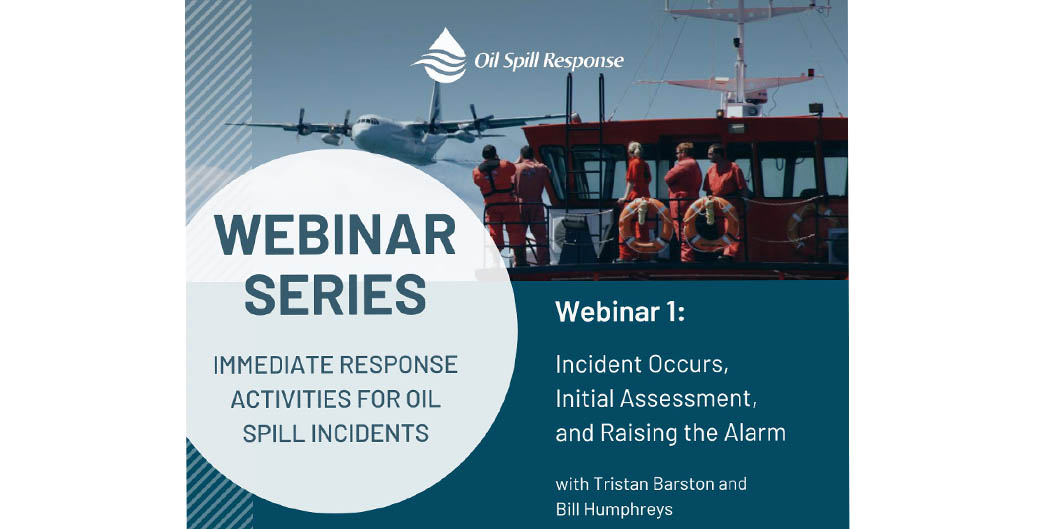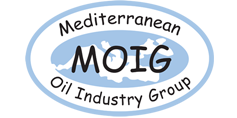
13 June 2024, the MOIG Director participated to immediate response activities webinar one titled ‘Initial notification and incident assessment actions’ organized by Oil Spill Response Limited (OSRL); technical partner; via electronic conferencing platform.
This webinar was animated by Mr. Tristan Barston, OSRL’s Americas Principal Preparedness Solutions Advisor and Mr. Bill Humphreys, OSRL Senior Response Specialist.
Mr. Tristan Barston started by presenting the webinar objectives of the series of immediate response activities consisting of the review how an organization can effectively prepare for, and immediately respond to oil spill incidents during normal operations at a facility or operational activity. He then explained the steps of raising alarm and initial assessment which include the detection or recovery, the situation analysis, quantification of the incident, alerting and warming as well as response.
Mr. Tristan Barston exposed a table summarizing all the chain of command procedures explaining that there’s a clear structure to be followed for notification beginning from the spill observer to the incident commander. He also presented some examples of notification such as: Verbally, by alarms/radio/telephone and by written report. He also explained the kind of information required during the notification like the nature of incident, the type and amount of product spilt and the size of impacted areas.
Mr. Bill Humphreys presented one example related to OSRL notification procedures and actions. He explained that OSRL receives notification of incident or potential incident 24 hour through staffed telephone from Americas, EMEA and Asia Pacific and by Email. He also talked about the tasks of OSRL Duty Manager such as: Gathering all the known information and providing remote technical advice and support, scheduling a further briefing call with notifier or other point of contact, preparing technical advisor team for immediate mobilization, establishing OSRL’s Emergency Operations Center and holding briefing call with notifier, making update on current activities and getting approval for mobilization, if required.
Mr. Tristan Barston talked about the mobilization process, noting that it includes the following steps: The assessment and notification, the resource mobilization, the loadout and transport, the safety measures and the setup and deployment. Regarding the basic site risk assessment, he underlined that it requires the knowledge of the spill product type and the estimated amount of the release, the hazard identification as well as make planning and briefing aid.
Mr. Tristan Barston concluded by providing a recap on the current webinar and a look ahead to webinar two. He stated that the current webinar examined how to organize internal communication process so that an observer of any emergency incident can quickly gather essential information about the event and effectively communicate that an incident has occurred to the right point of the contact so that any available response and support resources can quickly notified and mobilized to respond to the event. For the next webinar, he underlined that it will be looking more closely at all the type of response resources facilities and operations as well as how organizations can establish their Emergency Operations centers and begin managing the response.
